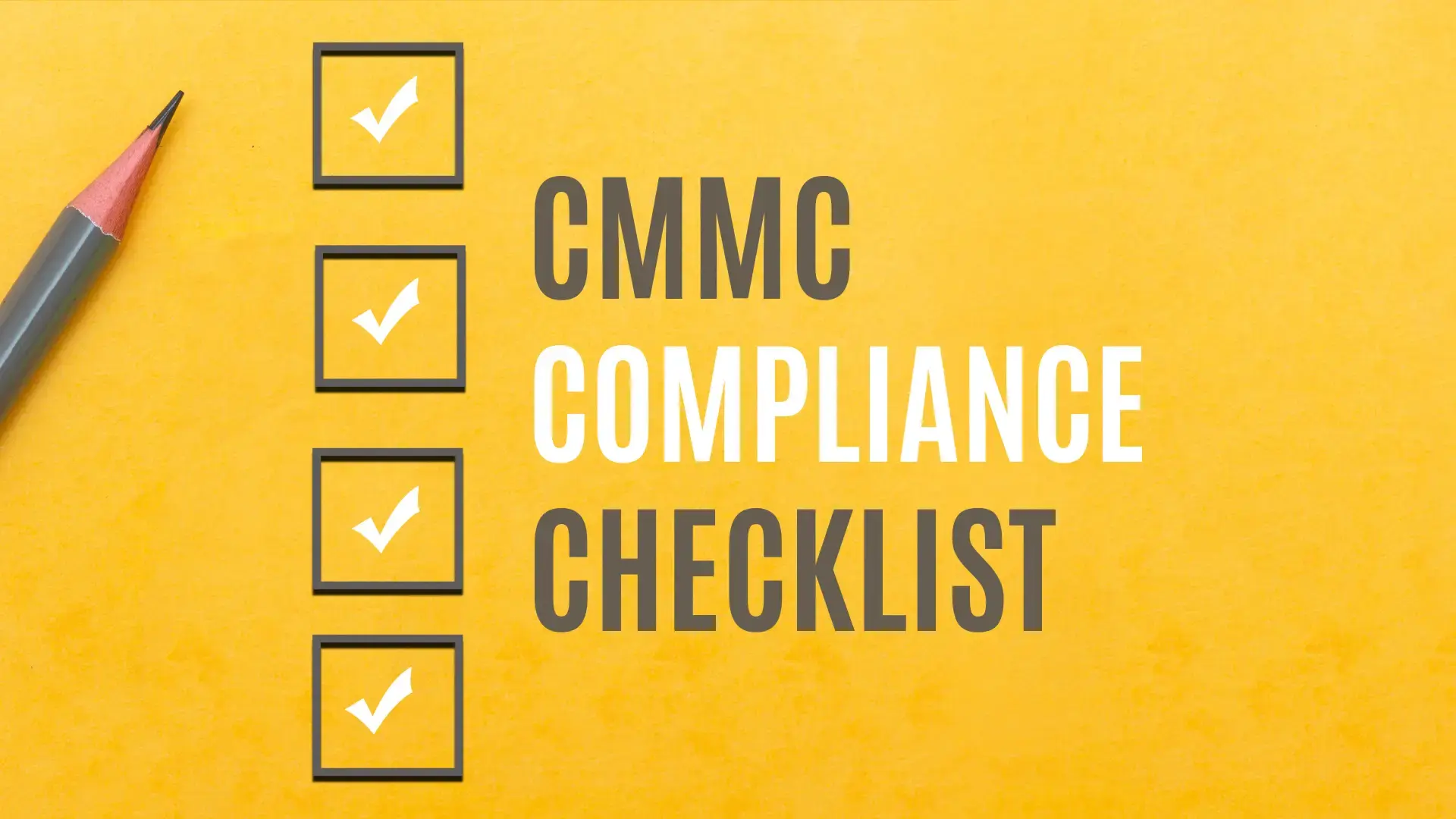6 Hidden Costs of Ignoring Your Business IT
When “Doing Nothing” Costs You Everything We’ve all been there. The check engine light comes on, and our first thought isn’t, “Oh, I should get that...

Have you ever been walking down the street, maybe through a crowded area in downtown Cleveland, and felt like someone was watching you? It’s a primal feeling, that little prickle on the back of your neck. Most of the time, you look over your shoulder and see nothing. It’s just your imagination, right? But what if I told you that you could be “followed” without ever seeing a soul? And that the culprit could be something as innocuous as a cell tower? Well, not a real cell tower.
I’m talking about fake cell towers. It sounds like something out of a spy movie, but I assure you, it’s very real. These devices, also known by less-than-friendly names like "IMSI Catchers" or "Stingrays," are a growing threat to our personal and professional security. As someone who's spent years in the cybersecurity field, I've seen a lot of clever tactics, but this one is particularly sneaky. It preys on the one device we all carry and trust implicitly: our smartphone.
Let's break it down. A fake cell tower is essentially a rogue device that masquerades as a legitimate cell tower from a provider like Verizon, AT&T, or T-Mobile. They are designed to trick your phone into connecting to them instead of the real deal.
Think of it like this: your phone is constantly searching for the best, strongest cell signal to give you the clearest calls and fastest data. It’s like walking into a coffee shop and automatically connecting to the Wi-Fi network with the most bars. Fake cell towers exploit this by broadcasting a signal that's more powerful and attractive than the legitimate towers in the area. Your phone, in its endless quest for a great connection, sees this powerful signal and says, "Hey, that looks good!" and connects automatically. You won't get a notification, your phone won't ask for permission, it just happens silently in the background.
The scary part? These devices aren't just for government spooks and high-level corporate espionage. While law enforcement does use them under specific legal guidelines, the technology has become cheaper and more accessible. A reasonably tech-savvy criminal can build a basic version for a surprisingly low cost, stick it in a backpack, and head to a high-traffic area like an airport, a shopping mall, or a sporting event.
Once your phone is connected to the fake tower, the device positions itself as a "man-in-the-middle." All your incoming and outgoing data—calls, texts, app data, internet traffic—now flows through the fake tower. The attacker can then potentially:
I was once testing some security measures and used a tool to monitor my phone’s network connections. While I was at a large tech conference, I noticed my phone briefly downgraded from 4G to a 2G network, which was odd because I was in a major city with excellent coverage. While I couldn't confirm it was an IMSI catcher, it was a classic sign. It was a jarring reminder that even when you think you're safe, your data might be taking a detour you're not aware of. This is why it’s so critical for businesses to have a security-first mindset; you can’t just assume your communications are private.
Detecting a fake cell tower is tricky because they are designed to be invisible. However, there are a few red flags you can watch out for:
For the more technically inclined, there are apps like SnoopSnitch (for certain Android phones) that can analyze your network traffic and warn you of suspicious activity. But for the average user, the best defense is a good offense.
You can’t just stop using your phone (I mean, could you imagine?), but you can take steps to make yourself a much harder target.
In the end, cybersecurity is all about layers. No single solution is foolproof. It’s about building a robust defense that makes you a less attractive target. At Monreal IT, cybersecurity is in our DNA. It’s not an add-on or an afterthought; it’s the foundation of everything we do for our partners. Whether you're a one-person shop or a growing enterprise, you need a strategy that protects you from all angles. For businesses looking for peace of mind, engaging a managed IT services company Cleveland can trust is a critical step toward securing your digital assets. Don't wait until your data takes a detour through a fake tower to start thinking about security.

When “Doing Nothing” Costs You Everything We’ve all been there. The check engine light comes on, and our first thought isn’t, “Oh, I should get that...

From "What" to "How" In our last post, we waded through the alphabet soup of government acronyms to explain what CMMC 2.0 is. You learned about the...

That's Not Your CEO on the Line Picture this: It’s a hectic Thursday afternoon. You’re trying to close out the week, and the phone rings. It’s your...